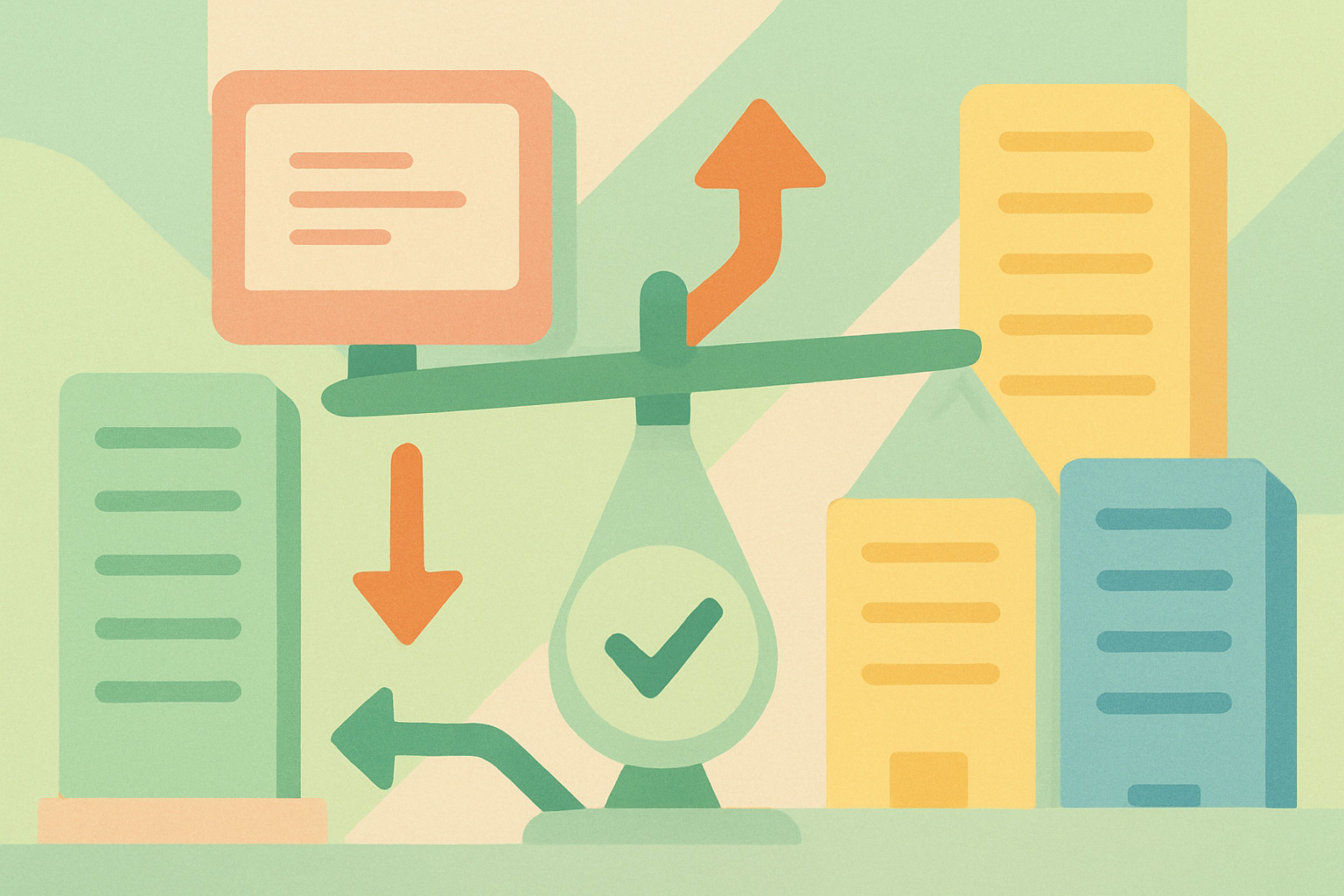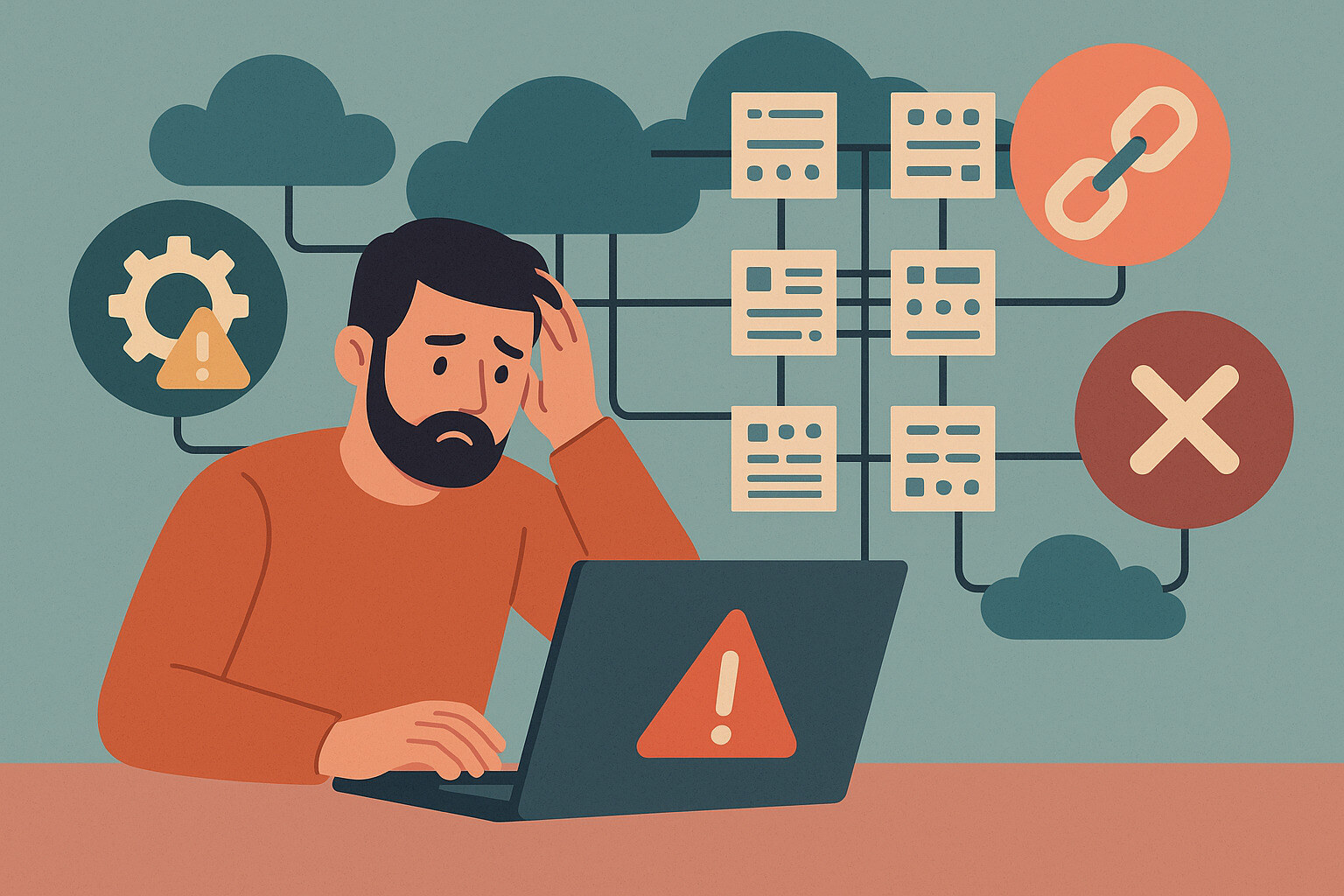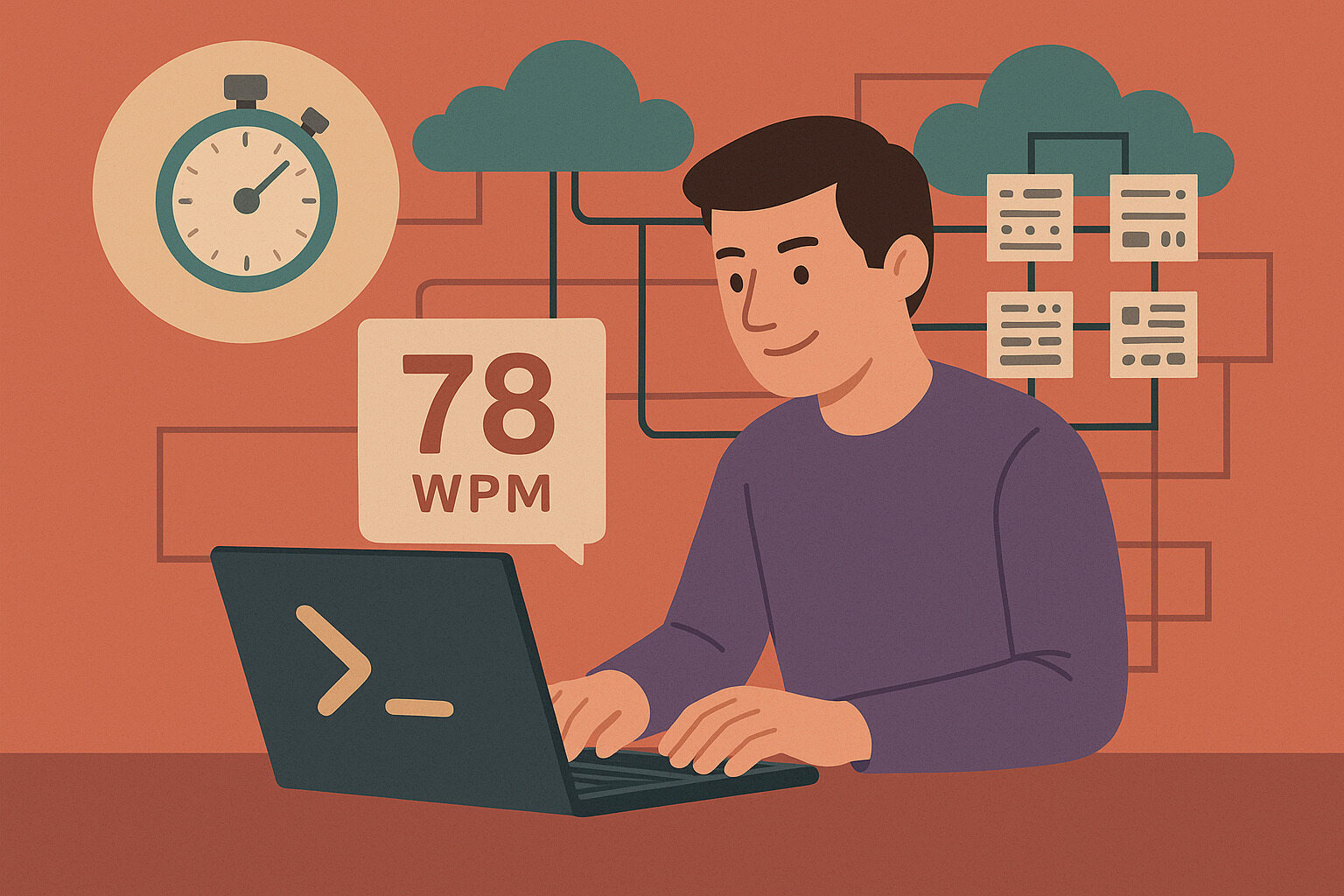Keeping the System Running Smoothly Without Delays
Grid computing helps handle big problems by connecting many computers to work together. But just connecting them isn’t enough. These machines need to share tasks in a way that keeps everything moving quickly. That’s where load balancers play a key role—they help spread the work evenly so no one machine gets overwhelmed.
Imagine a classroom where only one student does all the group work. It’s not fair, and it slows everything down. In grid computing, load balancers make sure the work is passed out fairly, helping each machine handle just the right amount. That keeps everything running faster and more reliably.
For businesses, researchers, and anyone managing large computing jobs, load balancers are a smart solution. They bring structure to a system where many things are happening at once. With better task distribution, results come faster, and systems stay stable even under heavy use.
What Load Balancing Means in Grid Computing
Load balancing is the process of making sure computing tasks are shared across all machines in a grid. It checks what each computer is doing, how busy it is, and how much more it can handle. Then, it decides where new tasks should go so nothing gets stuck waiting in line.
In a simple example, if one computer is busy running a long job and another is sitting idle, a load balancer will send the next task to the free machine. This helps avoid any slowdowns caused by putting too much pressure on a single node.
Even more helpful, load balancers adjust automatically. As some machines finish their work, the system checks again and sends the next tasks to the ones ready to help. This constant shifting helps keep every part of the grid active and productive.
Preventing Bottlenecks Before They Start
Without load balancers, grid computing systems can become lopsided. Some machines do most of the work while others sit unused. This uneven spread creates slow points—called bottlenecks—where the system has to wait for one overloaded machine to catch up.
Bottlenecks waste time and lower performance. They also make the system more likely to crash if one part can’t keep up. A good load balancer spots problems before they grow, shifting work away from overworked machines to others with room to spare.
For example, a weather center running live storm models might get swamped when a hurricane forms. A load balancer can quickly move some of that work to machines outside the region or to backup servers, keeping forecasts updated without falling behind.
Making Real-Time Decisions Easier
Some systems don’t have the luxury of slow responses. Financial services, emergency management, and live simulations need decisions made on the spot. Load balancers help meet those demands by constantly checking the grid and moving tasks where they can be completed quickest.
This real-time adjustment matters in critical situations. If too much data comes in at once, or if a machine breaks down, load balancers step in to fix the flow. That kind of speed keeps systems responsive and ready for whatever happens next.
An example can be found in stock trading systems. These platforms handle massive volumes of activity in seconds. Load balancers keep everything moving so the system doesn’t crash during peak times, helping users make fast decisions without delay.
Working Together with Scheduling Systems
While load balancers decide where tasks go, scheduling systems decide when they should run. Together, they help grid computing operate like a well-organized team, with every part knowing its role and staying in sync.
Load balancing makes sure that no worker in the system is overused. At the same time, scheduling plans out the bigger picture, making sure that everything runs in the right order. This partnership helps avoid overlap, errors, or missing deadlines.
A good example is a movie studio rendering high-resolution animation. The system breaks up each scene into frames. Scheduling assigns when each one starts, and load balancing chooses which computer works on each frame. Together, they speed up the entire production.
Supporting Growth Without Extra Stress
As a grid computing system grows, more machines are added to handle bigger workloads. Without load balancing, new additions might just sit there doing nothing while older ones are pushed too hard. That’s not efficient, and it doesn’t help the system scale properly.
Load balancers solve this by recognizing all available resources and using them smartly. When a new machine joins the grid, it gets included in task distribution right away. This smooth transition helps teams grow their systems without stopping work.
Whether it’s a university adding more labs to a research grid or a company expanding its servers for customer data, load balancing helps keep everything running smoothly. It supports growth without adding stress to the system or the people managing it.
Reducing Downtime and Recovery Delays
Systems don’t always work perfectly. Machines fail, networks get interrupted, and power outages can cause sudden losses. Load balancers help limit the damage by rerouting tasks as needed, keeping the system active even when part of it goes offline.
If a machine goes down during a project, a load balancer sends its unfinished work to another node. That prevents jobs from getting stuck and helps the system bounce back faster. It also reduces the risk of losing data during outages.
Emergency services benefit from this kind of setup. Their grids must stay up, even during storms or power cuts. Load balancing makes sure critical jobs continue elsewhere, keeping services available when people need them most.
Handling Different Types of Tasks at Once
Not all tasks in a grid are the same. Some take seconds, others take hours. Some use lots of memory, while others need fast processors. Load balancers look at these needs and match tasks with the right machine to get the best results.
This smart matching improves overall performance. A powerful machine isn’t wasted on a tiny task, and a slower one isn’t overwhelmed by something too big. Every part of the system works on jobs that match its strengths.
For example, in a hospital’s data system, load balancers might send high-resolution scan analysis to stronger servers while letting lighter tasks—like database updates—go to machines with less power. This balance keeps the whole system responsive and steady.
Monitoring Usage for Long-Term Improvements
Good load balancers don’t just move tasks around. They also collect data about how the system is used over time. This history helps tech teams spot patterns, plan upgrades, and avoid trouble before it starts.
If one node is always overloaded, or if others are never used, the system can adjust for better balance through data routing. It can also show when more machines are needed or when old ones should be retired. These small adjustments lead to long-term savings and better results.
A research center running climate models might notice that grid activity spikes during certain seasons. With data from load balancers, they can prepare for those peaks, boosting performance without adding unnecessary costs.
Smart Grids Need Smart Distribution
As grids become more common, load balancing has become a standard part of how they work. It’s no longer something extra—it’s something expected. A smart grid is one that uses its resources wisely, adjusting to changes and staying strong under pressure.
Good load balancing brings speed, reliability, and flexibility to every type of grid computing. It helps teams focus on solving problems instead of fixing slow systems. From health care to space missions, it supports faster results with less stress.
With better balance, grid systems last longer, respond faster, and deliver more value to everyone who depends on them. That’s why load balancers matter—and why they’re here to stay.



